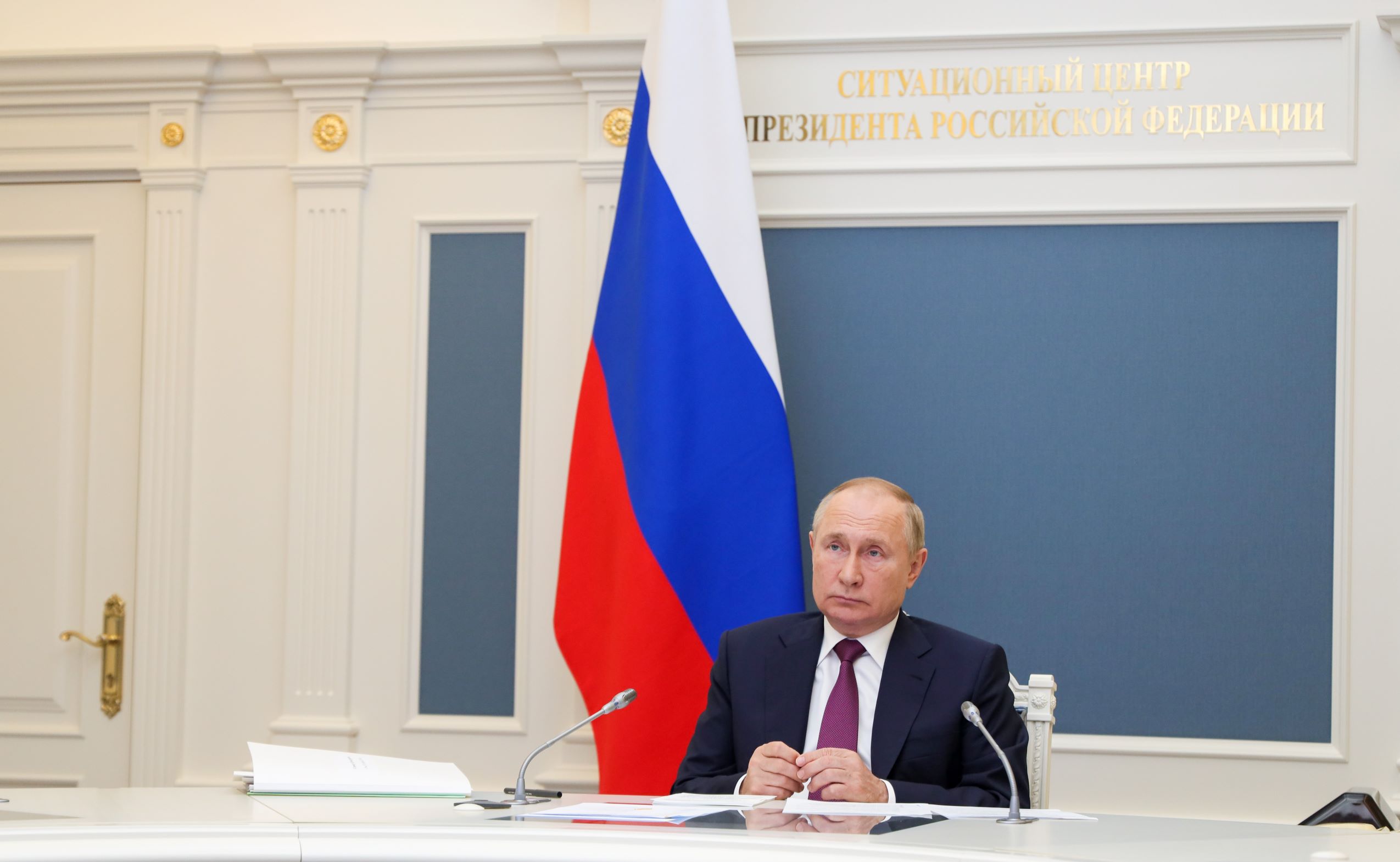Russia Benefitting from Negotiations with the U.S.
On 18 March, Russia’s Vladimir Putin and U.S. President Donald Trump held their second round of negotiations on the war in Ukraine, after which both sides stressed the productive nature of the talks. Although Russia agreed to a 30-day ceasefire, it launched another attack on Ukraine shortly after the talks ended, using missiles and drones. Further negotiations will be influenced by Russian demands for the demilitarisation of Ukraine and the reduction of the U.S. and NATO military presence on their Eastern Flank.
.png) Kylie Cooper / Reuters / Forum
Kylie Cooper / Reuters / Forum
What was the subject of the Putin-Trump conversation?
The main topic was the ceasefire in Ukraine. While Putin stressed his openness to Trump’s proposals and confirmed his willingness to conclude a long-term peace agreement, he made it conditional on Russia’s broader security interests being taken into account. The leaders also discussed the situation in the Middle East and in the Red Sea, agreeing on the need to stabilise these regions. They also discussed nuclear non-proliferation. Both sides expressed their desire to normalise bilateral relations and agreed on the prospects for developing cooperation in the economic and energy sectors. Trump pointed to the economic benefits and geopolitical stability that would result from a U.S.-Russia agreement. He also agreed to Putin’s idea of holding a U.S.-Russia ice hockey game that would be a symbol of the new beginning in relations between the two countries.
What are Russia’s demands on Ukraine?
Putin maintained his position on a 30-day ceasefire, conditional on a halt to mobilisation and the de facto disarmament of Ukraine. According to an official Russian statement, he also demanded a cut-off of foreign military and intelligence assistance to Ukraine, but this information was subsequently denied by Trump in an interview with Fox News. If the U.S. was to agree to Putin’s demands, Russia would then have time to increase its military advantage and make important territorial gains in the regions formally incorporated into the federation but not yet fully controlled by Russian troops. Putin has only officially agreed to a 30-day ceasefire on airstrikes and certain targets, which would include energy infrastructure facilities. This confirms the significance of the Ukrainian drone attacks deep inside Russia. However, the attacks on Ukraine shortly after the end of the leaders’ conversation indicates Russia’s lack of real willingness to compromise. Putin and Trump also agreed to begin negotiations on the safety of shipping in the Black Sea. Russia will be able to feign compromise on this issue at a relatively low cost and this will allow it to buy time in talks with the U.S. to pursue its military objectives in Ukraine, as well as to secure greater favour in relations with Turkey, for which the stability of the Black Sea is important, partly because of the exploitation of gas fields in the area that started in 2023. Putin also confirmed a prisoner exchange between Russia and Ukraine (175 people on each side) on 19 March, as well as the transfer of 23 seriously wounded Ukrainian soldiers back to Ukraine as a gesture of goodwill, which eventually took place. These measures are propaganda in response to Trump’s statements on the need to prevent further deaths of soldiers at the front.
What does the Putin-Trump meeting mean for European security?
The lack of concessions to U.S. proposals to end the war in Ukraine shows that Russia is consistently pursuing its demands in the area of European security, which it presented in December 2021 before the full-scale invasion. Putin’s main demands were not only for the withdrawal of the prospect of NATO membership for Ukraine and Georgia (presented at the Bucharest summit in 2008) but also a reduction in the allied, especially U.S., military presence in the countries of the Eastern Flank, including Poland. This would be de facto recognition of a Russian sphere of interest in Central and Eastern Europe. Trump’s attitude, which seems to aim for a new agreement with Russia regardless of the costs for Ukraine and European security, is in line with these objectives of breaking NATO unity and weakening cooperation with Ukraine. In their talks with the U.S. administration, European countries should seek to keep U.S. concessions to Russia to a minimum, as any decision to withdraw U.S. troops from Europe or to lift sanctions imposed after 2022 will reinforce the Russian regime’s belief in the weakness of the West, not only Europe but also the U.S.. This could form the basis for further provocations by Russia. Putin’s agreement to suspend airstrikes on Ukraine’s energy infrastructure was only meant to give the impression of a response to Trump’s proposals so that the U.S. would be seen as having gained some success from the conversation with Putin. However, Putin is not really making a positive offer nor is he guaranteeing the cessation of armed aggression against Ukraine. Given the ongoing U.S.-Russian talks, the role of European countries and the EU therefore is to rearm and provide military support to Ukraine to the extent that it would force Russia to make military and political concessions to Ukraine and recognise NATO’s military presence in the Eastern Flank states.





.png)